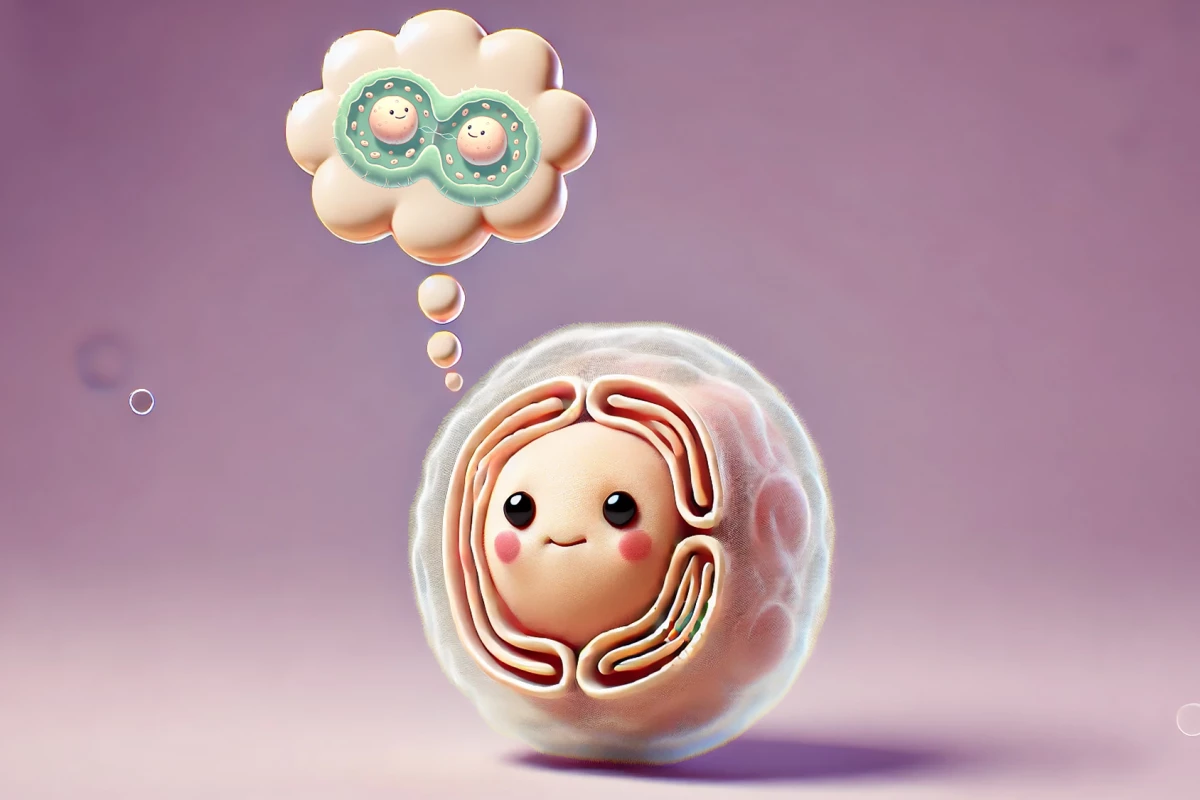Memories can form outside of the brain, according to new research. Non-brain cells exposed to chemical pulses similar to the ones that brain cells are exposed to when presented with new information caused the non-brain cells to switch on a gene critical for memory formation.
A feature of human learning and memory is the massed-spaced effect. That is, training spaced across multiple sessions produces a stronger memory than the same amount of training massed in a single episode. Think of it in terms of that old adage warning against not cramming for an exam the night before.
And all this memory business – forming and storing them – only takes place in the brain, specifically the brain cells, right? Well, new research from NYU’s Center for Neural Science has shown that cells other than brain cells can also perform a memory function.
“Learning and memory are generally associated with brains and brain cells alone, but our study shows that other cells in the body can learn and form memories, too,” said Nikolay Kukushkin, a clinical associate professor at NYU and the study’s lead author.
To form memories, the brain must wire an experience into its cells (neurons) so that when these neurons are reactivated, the memory can be recalled. When neurons are activated by learning or experiences, specific genes in those neurons are switched on. The activated genes produce proteins that are essential for forming new connections between neurons, which are reinforced over time, contributing to long-term memory.
The researchers wanted to see whether non-brain cells reacted similarly, so they developed two separate lines of generic human cells, one from nerve tissue and one from kidney tissue, to test it. They replicated the massed-spaced effect, exposing the non-brain cells to different pulses of chemical signals to mimic the way neurons are exposed to chemical neurotransmitters when new information is learned.
The researchers found that the non-brain cells switched on a memory gene, the same one neurons do when they form memories. The cells could also tell when the chemical pulses were repeated rather than simply prolonged, in the same way neurons can tell the difference between learning with breaks versus cramming. When the pulses were spaced out, the memory gene was activated more strongly and for a longer time than when the pulses were delivered all at once.
“This reflects the massed-space [sic] effect in action,” Kukushkin said. “It shows that the ability to learn from spaced repetition isn’t unique to brain cells, but, in fact, might be a fundamental property of all cells.”
The study’s findings provide researchers with an improved understanding of memory and the potential for developing methods of improving it.
“This discovery opens new doors for understanding how memory works and could lead to better ways to enhance learning and treat memory problems,” said Kukushkin. “At the same time, it suggests that in the future, we will need to treat our body more like the brain – for example, consider what our pancreas remembers about the pattern of our past meals to maintain healthy levels of blood glucose or consider what a cancer cell remembers about the pattern of chemotherapy.”
The study was published in the journal Nature Communications.
Source: NYU





